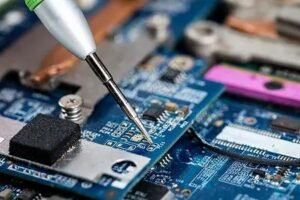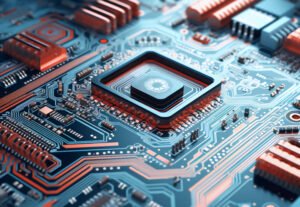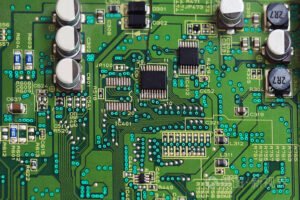The global industrial robotics market has been experiencing rapid growth, as highlighted by the World Robotics 2021 Industrial Robots Report, which revealed a historic milestone of 3 million industrial robots in operation worldwide—a 10% increase compared to the previous year. Despite global supply chain challenges, new robot sales saw a modest rise of 0.5%, with global shipments totaling 384,000 units in 2020. This trend positions 2021 as the third most successful year in the history of the robotics industry.
According to Statista’s latest forecast, the industry is expected to achieve a compound annual growth rate (CAGR) of 2.9%, with global sales projected to reach $9.3 billion by 2024. This growth is primarily driven by escalating demand in China, particularly in the automotive and electronics sectors.
Industrial Robotics Market: A Rapidly Growing Sector
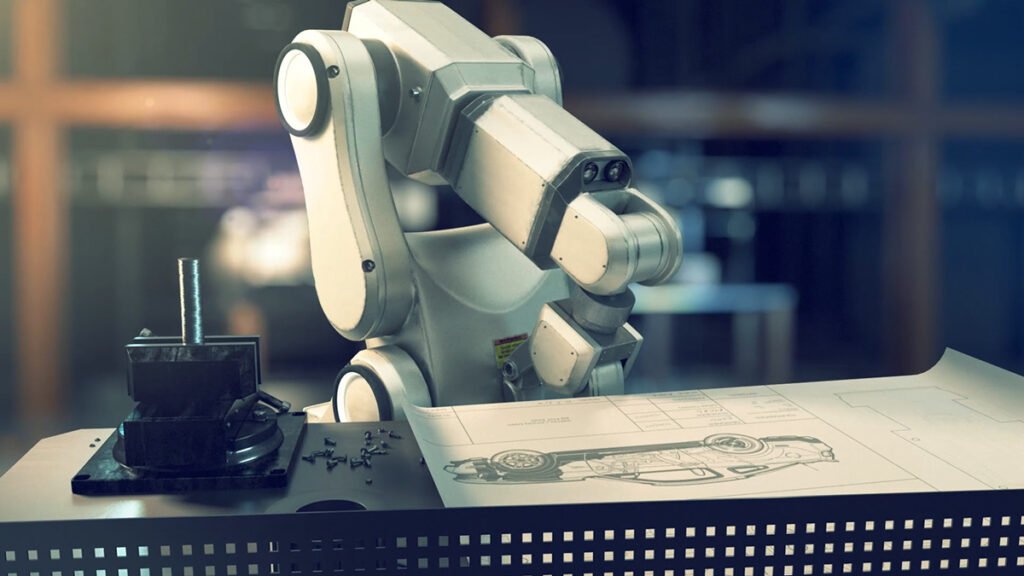
Industrial robots, a key element in modern manufacturing, are programmed machines designed to perform repetitive tasks with high precision. This field is not only growing in traditional manufacturing but is expanding into a variety of industrial environments, enhancing automation and productivity. In recent years, robots have been increasingly adopted by companies aiming to mitigate labor shortages and improve operational efficiency.
The COVID-19 pandemic accelerated this trend. With lockdowns and social distancing measures forcing factories to shut down or scale back production, many businesses experienced a significant reduction in their workforce. This shortage, coupled with the need to maintain or increase production levels, led to a surge in demand for industrial robots. This growth is reflected in market data, which shows substantial increases in both the market size and growth rate of industrial robots during the pandemic.
Pandemic’s Impact on Industrial Robotics Adoption
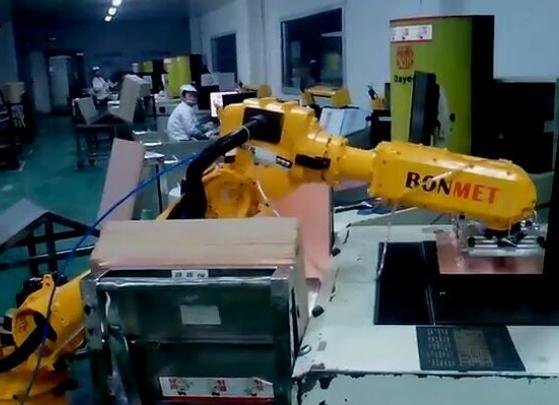
The COVID-19 pandemic drastically affected industries worldwide, especially in terms of workforce availability. Factory shutdowns and the subsequent labor shortages created a strong incentive for companies to turn to automation to maintain production levels. This need for increased efficiency, combined with the growing demand for contactless and social-distanced production environments, led to accelerated adoption of industrial robots.
Industrial robots, already well-suited for repetitive, high-precision tasks, became crucial in reducing reliance on human labor during these difficult times. Their ability to operate in harsh conditions and at high efficiency allowed them to bridge the gap caused by worker shortages. The result was an uptick in industrial robot market growth during the pandemic, as companies sought to future-proof their operations against such disruptions.
Key Benefits of Industrial Robots
- Increased Efficiency: Robots can work 24/7 without breaks, drastically improving production throughput and reducing downtime.
- Precision and Accuracy: Robots can perform highly precise tasks, reducing human error and increasing product quality.
- Cost Reduction: While the initial investment is significant, the long-term cost savings from reduced labor costs and improved efficiency are substantial.
- Enhanced Safety: Robots can perform hazardous tasks, reducing workplace accidents and ensuring a safer environment for human workers.
Robotics in Manufacturing and Other Industries
Industrial robots have found applications in various sectors, with manufacturing being the largest adopter. Key industries include:
- Automotive: Robotics is widely used for welding, painting, assembly, and material handling in car production.
- Electronics: Robots are used for tasks such as assembly, soldering, and component handling in the electronics manufacturing process.
- Metal and Mechanical: Robots perform functions such as cutting, welding, and assembling metal components.
- Food and Beverage: Robots are deployed for packaging, sorting, and processing tasks in the food industry.
With the increasing cost of labor and the rising complexity of manufacturing processes, more companies are turning to robots to increase production rates while maintaining or improving product quality.
The Rise of Mobile Industrial Robots (MIR)
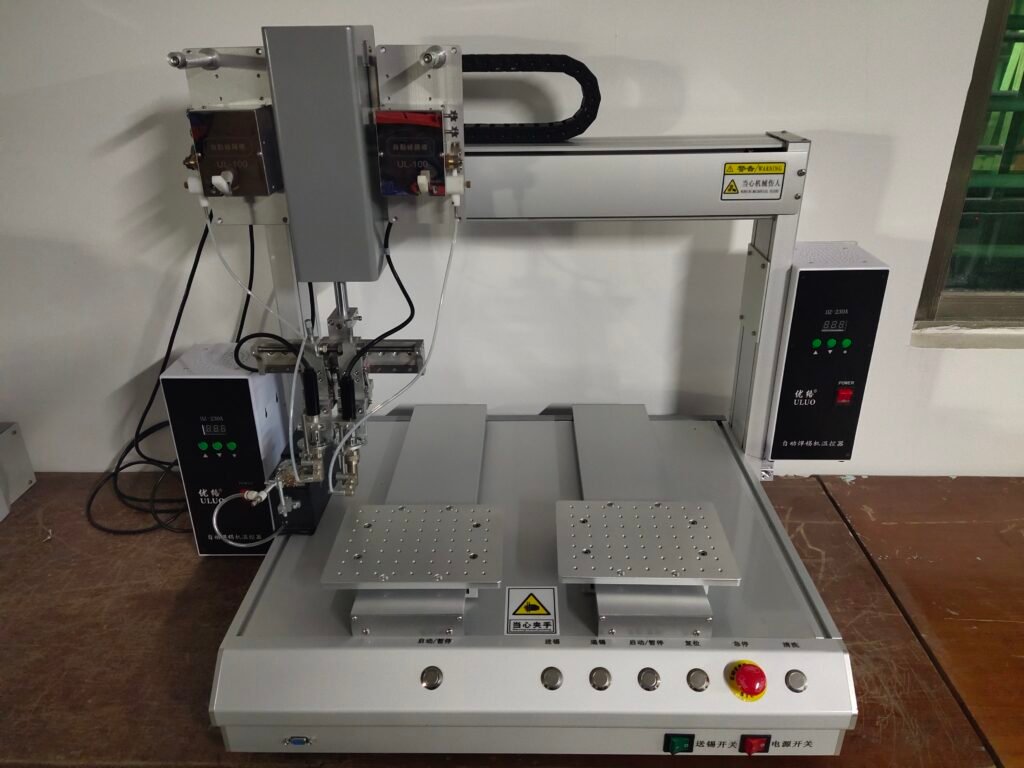
Mobile Industrial Robots (MIRs) have added a new dimension to automation. These robots are designed to move autonomously within production environments, improving material handling and allowing for greater flexibility in manufacturing processes. Unlike traditional stationary robots, MIRs can navigate complex environments, avoid obstacles, and interact with human workers safely.
MIRs are especially beneficial in material transport tasks, such as moving goods, components, and tools between different stages of production. They allow human workers to focus on higher-value tasks, such as assembly, quality control, and maintenance. Key benefits of MIRs include:
- Increased Flexibility: MIRs can be easily reprogrammed to perform different tasks across various production areas.
- Enhanced Safety: By navigating complex environments autonomously, MIRs reduce the risk of accidents and injuries involving human workers.
- Cost Efficiency: By replacing manual labor for routine transportation tasks, MIRs help reduce overall labor costs.
Complexities of Industrial Robot Design
The design and operation of industrial robots involve complex integration of various systems. A typical industrial robot is composed of multiple subsystems that work in harmony to ensure optimal performance on the production line. The key components include:
- Control Systems: The “brain” of the robot, usually housed in the control panel, coordinates the robot’s movements and tasks.
- Sensors and Vision Systems: These enable robots to interact with their environment, detect objects, and avoid obstacles.
- Actuators and End Effectors: These components allow robots to manipulate objects, perform assembly tasks, or engage in material handling.
- Power Supply and Management: Industrial robots require a stable and reliable power source, managed by specialized systems to ensure smooth operation.
- Communication Networks: Robots communicate with other machines on the production line, enabling coordinated actions and real-time feedback.
Future Opportunities and Challenges in Industrial Robotics

The future of industrial robotics is promising, with advanced robotics expected to become even more powerful and multifunctional. As the demand for automation grows, technological advancements will continue to open up new applications and industries for robotic systems. However, the robotics industry still faces several challenges:
- Software Development: As robots take on more complex tasks, developing software and programming solutions that can handle these complexities remains a key challenge, particularly in industries like automotive and electronics.
- High Initial Costs: The upfront investment required for implementing industrial robots remains a barrier for some companies, particularly small and medium-sized enterprises.
- Integration and Maintenance: Proper integration of robots into existing production systems and ongoing maintenance are essential for ensuring their long-term effectiveness.
Despite these challenges, the growing need for automation, labor cost pressures, and the continued advancement of robotics technologies suggest that the industry will continue to expand rapidly.
Common Applications of Industrial Robots
- Welding: Robots are widely used for welding tasks, such as arc welding and spot welding, due to their precision and ability to work in hazardous environments.
- Material Handling: Robots handle the movement, sorting, and packaging of materials in a variety of industries.
- Assembly: Robots are used in assembly lines to quickly and accurately assemble complex products.
- Finishing: High-precision robots perform tasks such as grinding, deburring, and polishing.
- Machine Tending: Robots load and unload machines, ensuring continuous operation and freeing human workers for other tasks.
- Painting: Robots are highly effective at consistent and precise painting tasks, reducing human error and increasing efficiency.
Types of Industrial Robots
Industrial robots come in various types, each suited for different applications. Some of the most common types include:
- Cartesian Robots: Known for their precise movement along the X, Y, and Z axes, Cartesian robots are ideal for tasks such as 3D printing and CNC machining.
- Delta Robots: Resembling spiders, delta robots are fast and precise, often used for high-speed pick-and-place operations.
- SCARA Robots: These are primarily used in assembly tasks and feature parallel rotational joints that enable lateral movements.
- Articulated Robots: These robots, which mimic the movement of human arms, are highly versatile and can perform tasks like painting, welding, and packaging.
- Cylindrical Robots: These robots operate within a cylindrical work envelope and are used for tasks such as machine tending and simple assembly.
Conclusion
The industrial robotics industry is on the cusp of a new era, driven by advancements in technology, increased demand for automation, and the ongoing challenges posed by labor shortages. As the technology matures, we can expect to see an even broader range of industries adopting robotics to optimize their operations. While challenges such as high initial costs and complex software development remain, the long-term benefits of robotics—ranging from improved efficiency to greater flexibility and safety—are undeniable. Companies that embrace industrial robots today are likely to see significant returns on their investment in the years to come.

